Notable papers of 2016
Our picks for the top 10 papers of the year highlight leaps in our understanding of autism, as well as lingering gaps.
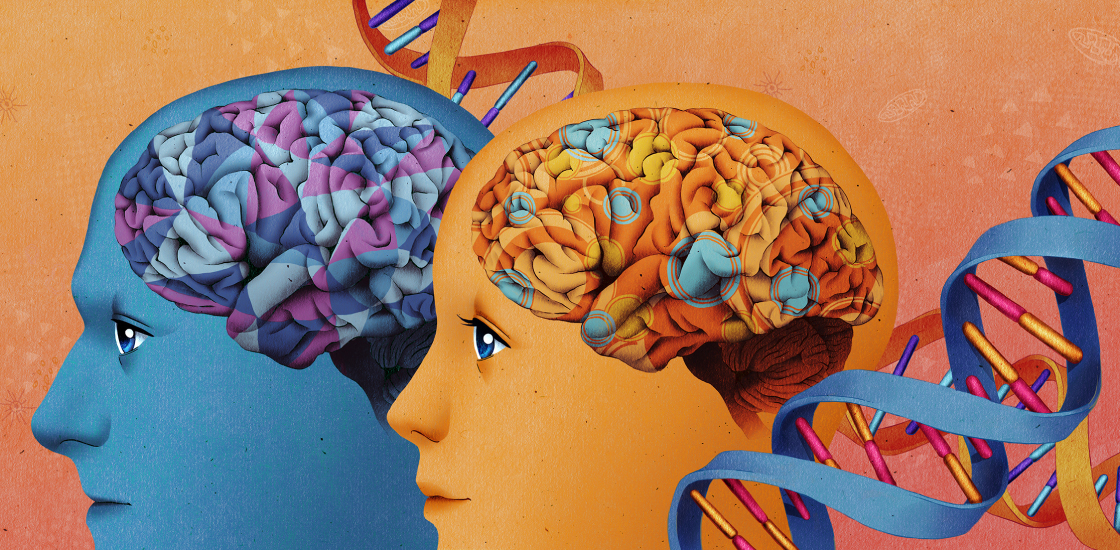
Our picks for the top papers of the year highlight leaps in our understanding of autism as well as lingering gaps.
This year, as we do every year, we asked scientists to help us choose the 10 most ‘notable’ autism papers — ones that transformed the field in some significant way.
The final selection highlights several advances in the field. Researchers are homing in on immune molecules that may play a role in autism risk. And new tools, from genetically engineered animals to massive genetic databases, will be a boon to future research.
Our list also spotlights knowledge gaps. For example, people with autism are more likely to die prematurely than are those without the condition. But the reason for this disparity is unclear.
Here, in reverse chronological order, are the papers that made the cut.
 1. Parent training may lead to lasting gains in autism features
1. Parent training may lead to lasting gains in autism features
Teaching parents of toddlers with autism how to recognize and respond to their children may spark stable improvements in the children’s social communication and other autism features.
Pickles A. et al. Lancet 388, 2501-2509 (2016) PubMed
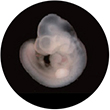 2. Mice missing top autism gene make their debut
2. Mice missing top autism gene make their debut
Edging out at least five other teams, a Japanese group became the first to publish findings on mice lacking CHD8, the leading candidate gene for autism risk.
Katayama Y. et al. Nature 537, 675-679 (2016) PubMed
 3. Huge data-sharing venture lays bare human genetic variation
3. Huge data-sharing venture lays bare human genetic variation
A landmark collection of DNA sequences from more than 60,000 people provided an unprecedented picture of genetic variation across the general population.
Lek M. et al. Nature 536, 285-291 (2016) PubMed
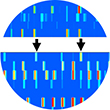 4. Loss, doubling of Rett gene produce similar brain glitch
4. Loss, doubling of Rett gene produce similar brain glitch
Mice with either too much or too little MeCP2, the gene mutated in Rett syndrome, show similar malfunctions in a learning and memory brain circuit.
Lu H. et al. Neuron 91, 739-747 (2016) PubMed
 5. Words say little about cognitive abilities in autism
5. Words say little about cognitive abilities in autism
Nearly half of children with autism who speak few or no words have cognitive skills that far exceed their verbal abilities.
Bal V.H. et al. J. Child Psychol. Psychiatry 57, 1424-1433 (2016) PubMed
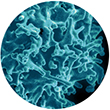 6. Key molecule may tie immune response to social behavior
6. Key molecule may tie immune response to social behavior
Molecules that protect the body from infection may be needed for mice to socialize with their peers. This double duty could help safeguard the health of animals that live in close quarters.
Filiano A.J. et al. Nature 535, 425-429 (2016) PubMed
7. Autism’s social problems may stem from sense of touch
The anxiety and trouble with social skills seen in people with autism stem largely from neurons outside the brain that govern touch.
Orefice L. et al. Cell 166, 299-313 (2016) PubMed
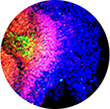 8. Blocking key immune signal prevents autism signs in mice
8. Blocking key immune signal prevents autism signs in mice
An immune molecule in pregnant mice produces autism-like behaviors in their pups. The findings support the theory that infections during pregnancy raise the risk of autism, and hint at a way to mitigate the risk.
Choi G.B. et al. Science 351, 933-939 (2016) PubMed
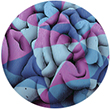 9. Gene expression patterns may underlie autism’s gender bias
9. Gene expression patterns may underlie autism’s gender bias
Genes that are expressed at higher levels in men’s brains than in women’s also tend to be enriched in the brains of people with autism. Many of these genes are markers for immune cells called microglia, which have been implicated in autism.
Werling D.M. et al. Nat. Commun. 7, 10717 (2016) PubMed
 10. Large Swedish study ties autism to early death
10. Large Swedish study ties autism to early death
People with autism are more than twice as likely as their peers in the general population to die prematurely. The finding adds to evidence suggesting that gaps in preventive care can cause serious health problems in people with autism.
Hirvikoski T. et al. Br. J. Psychiatry 208, 232-238 (2015) PubMed
Recommended reading

Expediting clinical trials for profound autism: Q&A with Matthew State

Too much or too little brain synchrony may underlie autism subtypes
Explore more from The Transmitter

Mitochondrial ‘landscape’ shifts across human brain


